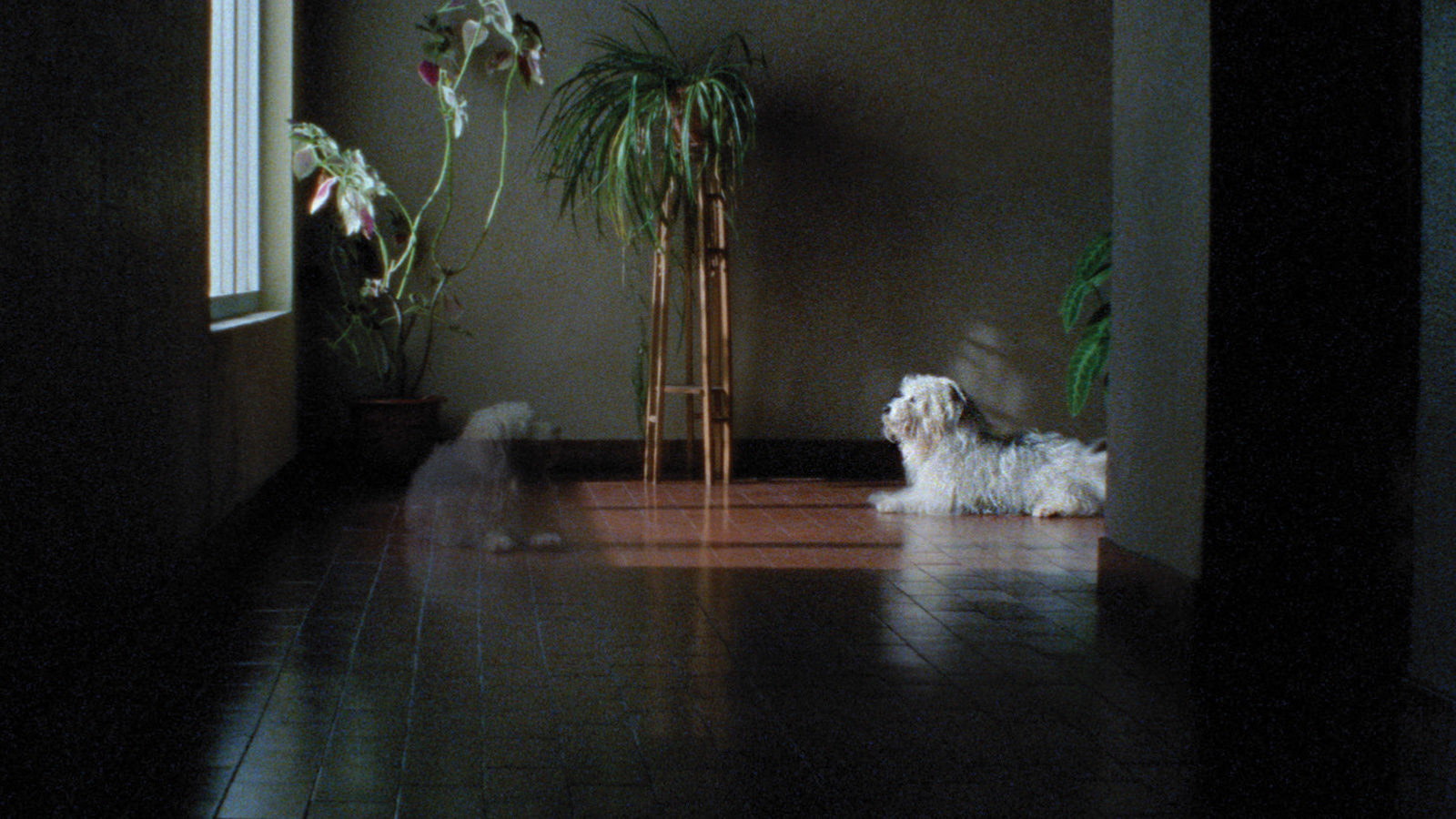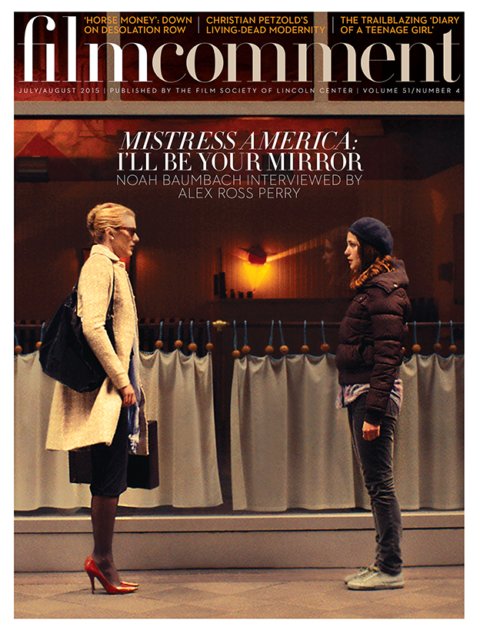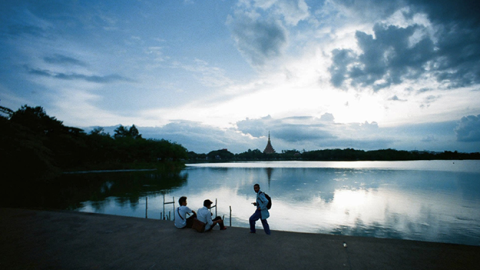By Dennis Lim in the July-August 2015 Issue

Daydream Believers
Two 21st-century trailblazers stole the festival’s thunder
The two masterworks that defined Cannes 2015 for me—and, I would guess, for no small number of otherwise disgruntled festivalgoers—were by a pair of fellow travelers, additionally united by their exclusion from the main competition. At first blush their films may seem worlds apart—Miguel Gomes’s wild and sprawling, Apichatpong Weerasethakul’s quietly serene—but deep affinities underlie this mutual regard: the fondness for bifurcated tales; the class-conscious appreciation of folk traditions and proletarian pleasures; and perhaps above all, the undying belief in the power of fiction to generate its own reality.

From the July-August 2015 Issue
Also in this issue
The hunger for stories is inevitably what sets Gomes’s films in motion, and the start-stop, infinitely expanding framework of Arabian Nights is a dream match for his favored mode of shaggy-dog shape-shifting. The amorphous subject matter—the daily hardships of Portugal under austerity—is the kind of material that most filmmakers typically handle with timidity or self-importance, but Arabian Nights is no realist-miserabilist parable. Working for a full year with a team of journalists who sent dispatches from all over the country, Gomes and his co-writers transfigured actual events into a daisy chain of modern myths—the whole production effectively functioning as what one of the film’s myriad subplots dubs a “storytelling machine.”

Arabian Nights
Tabloid headlines and human-interest footnotes alike are elevated to fable: an adolescent love triangle in which one party turns arsonist; a troublesome cockerel that crows too early; a killer on the run who becomes a folk hero. Some passages travel to Old Baghdad, envisioned as a sunny Mediterranean archipelago, complete with genies and camels; others could pass as straight-ahead documentary dispatches (about shipyard closures, the toll of unemployment, birdsong contests). Volume two alone ranges from a neo-Western to an open-air courtroom drama to a saudade-steeped portrait of a tower block’s morose residents, rich in tear-jerking music cues. Each part assumes a different tenor, more or less as the titles promise: The Restless One, The Desolate One, and The Enchanted One. But even within each film, and within each tale, there are multiple digressions and tonal shifts. Gomes pulls out every storytelling trick in the book: prologues and epilogues, prolix voiceovers and copious on-screen titles, nested narratives and off-kilter framing devices. For Scheherazade, stories are a matter of life and death; Gomes similarly balances the leisurely art of the tall tale with the deadline urgency of the project. A monumental yet light-footed work that remains absorbed in the minutiae of existence, Arabian Nights is an up-to-the-minute rethinking of what it means to make a political film today. It is hard to imagine a more generous or radical approach to these troubled times—one that honors its fantasy life as much as its hard realities.

Cemetery of Splendour
Apichatpong merges the spiritual with the political once again in Cemetery of Splendour, the first of his films to be shot entirely in his hometown of Khon Kaen. The primary setting is a place with an array of past lives: a rural hospital, formerly a school, and long ago, a palace where kings lived, fought, and were buried. The ward is now filled with comatose soldiers, who may be waging war in another dimension on behalf of the still-feuding monarchs, and their mysterious, uneasy slumber provides the purposefully ambiguous central metaphor: sleep as safe haven, as escape mechanism, as ignorance, as bliss.
Can sleep be an active as opposed to a passive process? As usual with Apichatpong, but more seamlessly than ever, Cemetery induces a sensation of lucid dreaming—there’s even a guided meditation exercise—and of heightened sensory awareness, especially when the soldiers are attached to glowing chromotherapy contraptions that seem modeled on Dan Flavin’s fluorescent sculptures. The mundane daylight magic of Cemetery proves even more potent than the enveloping jungle night of Apichatpong’s previous films. As the movie turns trippier, its political inflections sharpen: a mass sleepwalk down an Escher-esque maze of multiplex escalators and an impromptu game of lakeside musical chairs suggest ominous string-pulling forces at work. In a remarkable sequence, two characters—one apparently possessed by the spirit of a third—wander around an overgrown, sun-dappled park and, through entirely verbal means, bring to life the palace that once stood there. It’s a rare film that can so vividly take shape as a palimpsest in the mind’s eye. There are no monkey ghosts or sexually adept catfish in Cemetery of Splendour, but this is unmistakably a haunted world: one where the past persists in the present, and memory and myth intrude on physical space.





